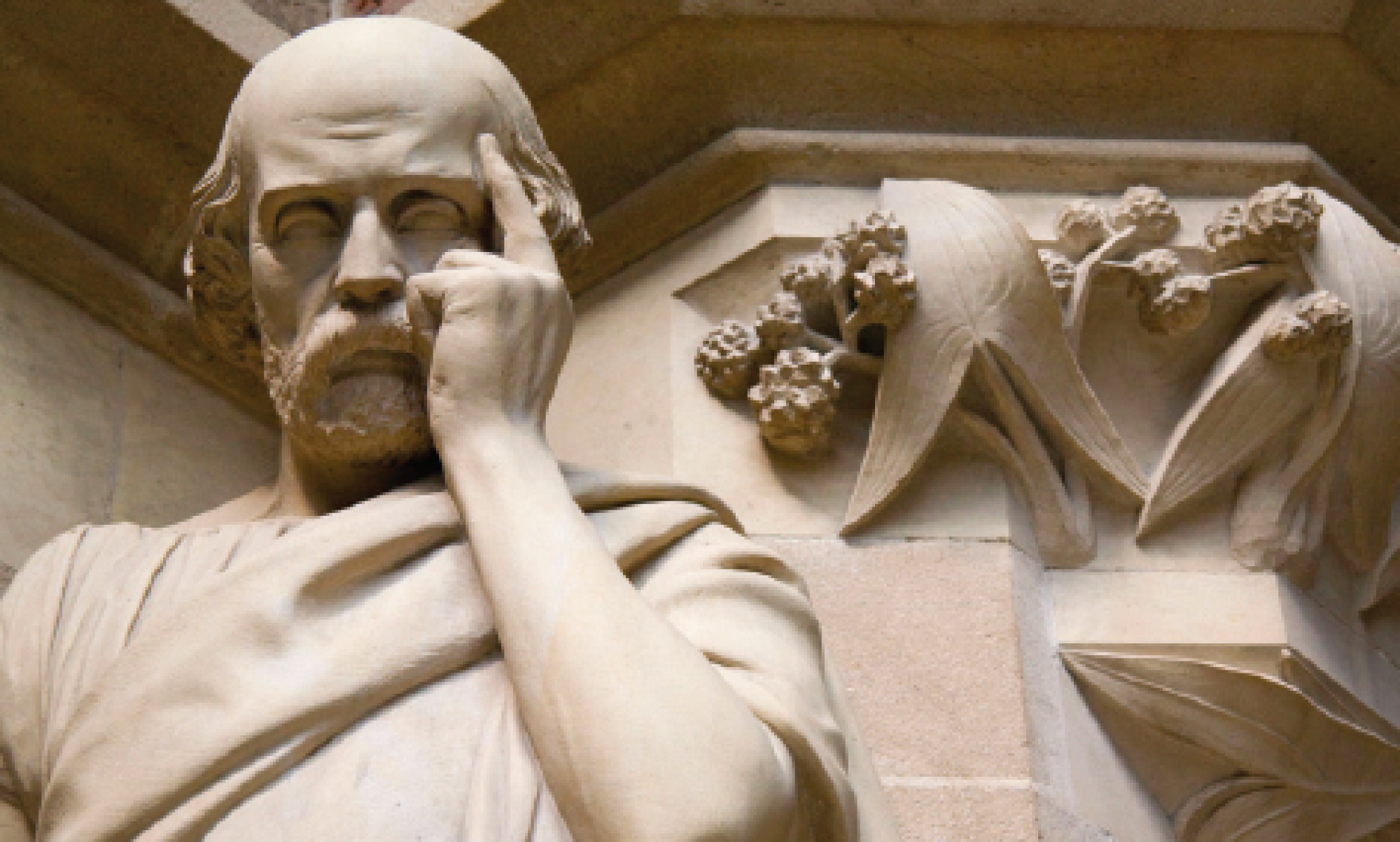Vote-splitting and bitter memories of Alberto Fujimori handed the left a victory.
The Mark, 8 June 2011.
By Max Cameron and Fabiola Bazo
What can explain the election of a leftist, nationalist, anti-system candidate in a country that has experienced extraordinary rates of economic growth and significant poverty reduction for the better part of the past decade?
In the first place, the explanation lies in the failure of centre-right candidates in Peru to co-ordinate their strategies around a single leader. Had the democratic right not split its vote between former president Alejandro Toledo (2001-2006) and his erstwhile premier and finance minister Pedro Pablo Kuczynski, the outcome might well have been a pro-system, free market-oriented president with a strong mandate.
In a run-off, Toledo would probably have won handily over either victor Ollanta Humala or Keiko Fujimori. In technical terms, he was the Condorcet winner.
The division of the centre-right in the first round, on April 10, opened the door to a run-off between extremists on June 5. Logically, they had to compete for votes in the centre. Humala moderated his image, abandoning Bolivarian rhetoric from his earlier campaign in 2006, and instead posturing as an apostle of the highly successful former president of Brazil, Luiz Inácio Lula da Silva.
The conversion to moderation and democratic respectability was difficult to sell. Many voters remembered that Humala led a military uprising in 2000, in the dying days of the Alberto Fujimori government, and later offered rhetorical support to an ill-conceived rebellion in Andahuaylas led by his brother, Antauro, in 2005. His own record in combat as a soldier in the 1990s suggested possible human-rights abuses.
But Humala’s competition had to make an equally difficult sales pitch. Keiko Fujimori tried to shake charges that she only sought power in order to free her father, Alberto, who is currently serving a 25-year prison term for human-rights crimes and corruption during his term in office, from 1990 to 2000.
She claimed, unpersuasively, that she would not pardon her father; worse still, her campaign elicited memories of her father’s autocratic and corrupt style, and her entourage included many faces from his government. She handed out food in exchange for support, and ostensibly allowed campaign operations to be run out of her father’s prison compound.
There were rumours that Alan Garcia, the sitting president, was placing intelligence operations at her service, as he had in 1990 when Alberto Fujimori was first elected. In the final days of the campaign, a telemarketer, posing as part of Humala’s campaign, spread rumors that Humala would expel Chileans from Peru, mistreat investors, or was being promoted by Venezuelan President Hugo Chávez.
As the election date drew near, there were multitudinous protests against Keiko Fujimori that reminded Peruvians about human-rights abuses – including massive programs of sterilization of women without their consent – during her father’s reign.
In the end, the outcome of the election was a replay of 2006, except that Humala narrowly won rather than lost. As before, he won by a considerable margin in rural areas, especially the southern highlands, where Peru’s indigenous and peasant voters expressed, yet again, their desire for change. He fought hard to win votes in Lima and the coast, where prosperity has trickled down more rapidly, but was outpolled by Fujimori by a margin of 3 to 2.
For some observers, the idea of a Humala victory in 2011 was inconceivable. It was thought that if he lost in 2006, surely he would win even fewer votes this time around after another five years of growth. It was precisely this overconfidence that led the centre-right to fail to unify behind a single candidate with broad appeal. Moreover, after five years of growth, prosperity remained unequally distributed and heavily concentrated in Lima and the coast.
For years, social scientists have insisted that Peru’s democracy needs strong political parties, and its open economy, export-driven model must be more inclusive. These pleas have all too often been met with complacent yawns and smug rebuffs. “Peru has never had strong parties,” said some. “Modernity can be achieved through growth first; prosperity will trickle down over time,” said others.
As a result, Peruvians have managed to elect an anti-system candidate who has no real party organization, 46 seats in a 130-seat legislature, and a very weak mandate from the people. He will govern in a climate of hostility from the media, business, and much of the political establishment. Yet he has created expectations among his followers and he will have to deliver results.
Humala would do well to follow the model of Lula, as he has promised. He should provide reassurances to investors. This does not preclude mutually agreeable renegotiation of contracts; indeed, several contracts negotiated in the 1990s are soon due to expire and have to be renewed. He should also focus much of his energy on poverty alleviation in the areas most neglected by previous administrations.
He should make political reforms a top priority, but not with a wholesale rewriting of the constitution. The most pressing reforms don’t require constitutional change; they demand a vigorous modernization of Peru’s corrupt and inefficient judiciary and penal system.
Humala should root out malfeasance in public administration wherever possible. Drug trafficking has become a major problem in Peru, and it has started to penetrate the highest levels of power.
Finally, Humala can put Peru in step with the rest of the Andean sub-region by adopting new participatory innovations – referenda and recall, citizen initiatives, community councils, policy consultations. Participatory budgeting is already being practised in municipalities throughout Peru. Consultations with indigenous people should be used routinely to address resource extraction on ancestral lands.
All this can be done within the framework of Peru’s democracy, while fully respecting basic constitutional precepts and the rule of law. The real question, however, may be whether Humala can deliver the goods.
